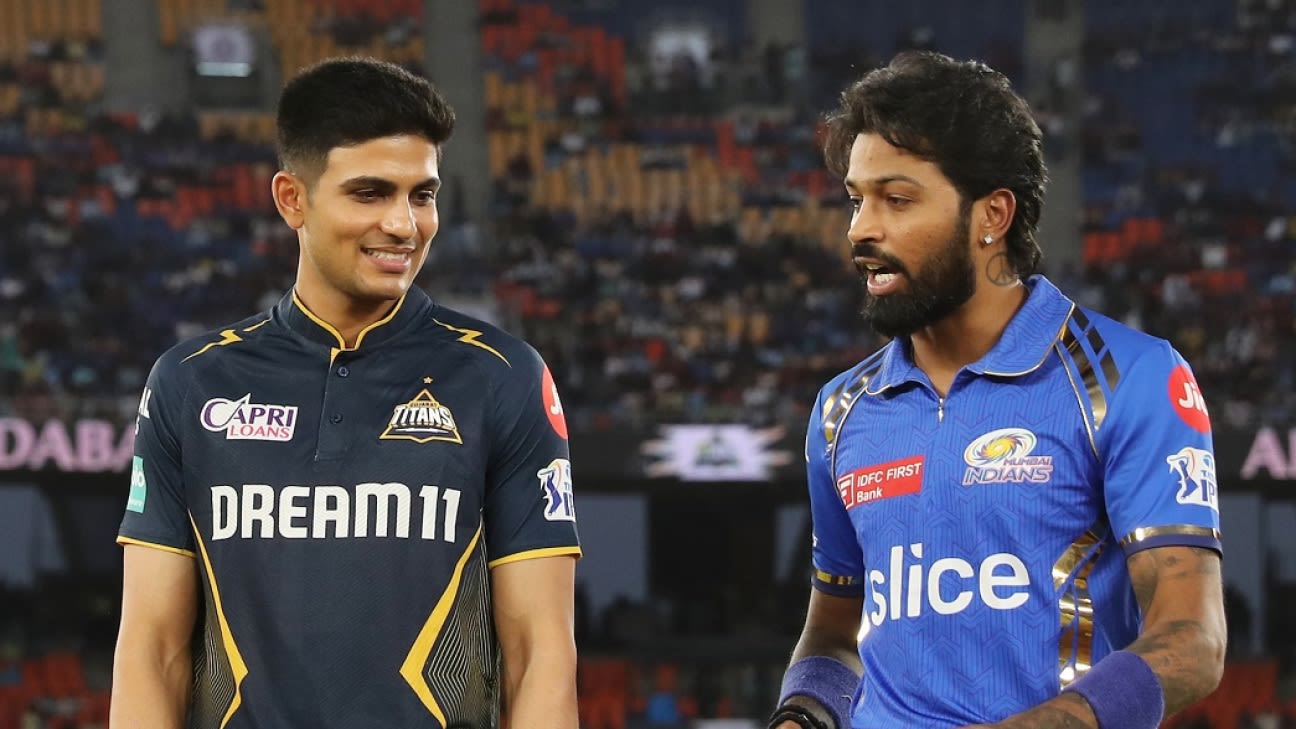Where does the elevation of Gill and Suryakumar leave Hardik?
Written by I Dig Sports
How quickly the world can change.
Over the last eight months, India have lost one World Cup final and won another. Three ever-presents have retired from T20Is, and a hugely impactful head coach has moved on. It's time for a new era in white-ball cricket, and the selectors have communicated, very clearly, what they think it will look like.
The figurehead isn't either of the captains, but the captain-in-waiting, Gill, and he might not be waiting all that long. Rohit, the Test and ODI captain, will turn 38 next April, between the Champions Trophy and the World Test Championship final, and will be 40 when the next ODI World Cup begins. It will be a feat of consistency, endurance and desire if he is still playing for India then, let alone captaining them.
It helps, of course, that Gill is a specialist top-order batter. Jasprit Bumrah is India's most valuable cricketer in every format, but he is a fast bowler and needs periodic rest and rotation to ensure he is present for all the big events. India can't make him their full-time captain, therefore, even though he is among the most respected figures in their dressing room and one of its sharpest tactical brains.
Suryakumar, meanwhile, is for now a strictly one-format player and one-format captain. India gave him a horses-for-courses Test debut last year and batted him at No. 6 in their ODI World Cup campaign when an injured Hardik left the tournament midway, but it now appears that he has had his chance in the two longer formats. The T20 captaincy is recognition of Suryakumar's pre-eminence in that format, and perhaps, too, of its increasing divergence from the other two.
Where does all this leave Hardik? He is three years younger than Suryakumar, a year-and-a-half younger than KL Rahul, and only two months older than Bumrah, among the candidates who may have been in the conversation for current or future captaincy roles. Injuries, though, have cost Hardik a lot of playing time - he has only played 46 of India's 79 T20Is since the start of 2022, and only 23 of their 59 ODIs.
Now that he is 30, he is only going to find it more challenging to keep himself fit and firing, and ready to bowl. Other factors may have contributed to his demotion too, but his fitness record was probably the clincher.
When he is fit, however, he remains a world-class white-ball operator, a batter capable of slotting anywhere from Nos. 4 to 7 and a bowler good enough to be one of three seamers. India have plenty of other all-round options - of whom Axar Patel, Shivam Dube, Washington Sundar and Riyan Parag are in both squads travelling to Sri Lanka - but none of them has Hardik's effect on their team balance. Ravindra Jadeja has that effect in Test cricket, but even he isn't a genuine allrounder in white-ball cricket.
But Hardik is that player when he is fit, and there's no reason why he can't continue being that player, if he keeps himself fit - at least in T20Is. It's unclear whether he still wants to play ODIs - he is taking a break from 50-overs cricket at the moment - and whether the selectors will welcome him back if he makes himself available.
This, then, is the headache Hardik has given India's selectors, coaches and captains right through his career. In talent terms, he could be an all-format superstar; his injury record, however, has all but turned him into a one-format player who is often unavailable - or only partly available, as batter alone - even in that format. This has probably put an end to his captaincy aspirations.
It must be a devastating thought for a player who has never played down those aspirations. But it could also spur the competitor in him to ask himself what the scale of his ambition is, and how much of himself he is willing to give in trying to realise it.
Karthik Krishnaswamy is an assistant editor at ESPNcricinfo















 Phone: (800) 737. 6040
Phone: (800) 737. 6040 Fax: (800) 825 5558
Fax: (800) 825 5558 Website:
Website:  Email:
Email: 






